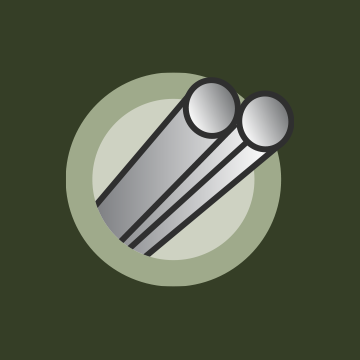I have been on this forum since 2009 and folks are still basically telling others that anything over SAAMI Maximum Average Pressure (MAP) is dangerous. It happened again on a currently running thread.
That is completely untrue.
MAP is set for one reason, it is the limit that shotguns are designed to give their maximum service life. That's it!!
If anyone thinks that their shotgun is OK to MAP, but step 1 PSI over that and all of a sudden it is going to blow up, why on earth are you putting that shotgun to your face and pulling the trigger using any ammunition? The shotgun you have in your hands was designed to handle several 10's of thousands more PSI than MAP. Even proof loads are at a pressure level far exceeding MAP and your shotgun withstood that, if it didn't, you wouldn't have it in your hands. That proof pressure for a 12 gauge 2 3/4" and 3" chamber is 19,000 PSI to 20,500 PSI. I have built proof loads and they require effort. It doesn't happen because someone used the wrong primer, the wrong wad or the wrong hull. Not even a combination of all 3 will get you anywhere close to proof, let alone damage a shotgun.
I more than understand that you shouldn't exceed SAAMI MAP, but that is so you will get all the designed service life out of the shotgun you own. It has nothing to do with you or the shotgun being damaged, injured or worse.
It's 2024, let's stop repeating old wives tales, scaring people and stick to the facts.
That is completely untrue.
MAP is set for one reason, it is the limit that shotguns are designed to give their maximum service life. That's it!!
If anyone thinks that their shotgun is OK to MAP, but step 1 PSI over that and all of a sudden it is going to blow up, why on earth are you putting that shotgun to your face and pulling the trigger using any ammunition? The shotgun you have in your hands was designed to handle several 10's of thousands more PSI than MAP. Even proof loads are at a pressure level far exceeding MAP and your shotgun withstood that, if it didn't, you wouldn't have it in your hands. That proof pressure for a 12 gauge 2 3/4" and 3" chamber is 19,000 PSI to 20,500 PSI. I have built proof loads and they require effort. It doesn't happen because someone used the wrong primer, the wrong wad or the wrong hull. Not even a combination of all 3 will get you anywhere close to proof, let alone damage a shotgun.
I more than understand that you shouldn't exceed SAAMI MAP, but that is so you will get all the designed service life out of the shotgun you own. It has nothing to do with you or the shotgun being damaged, injured or worse.
It's 2024, let's stop repeating old wives tales, scaring people and stick to the facts.





